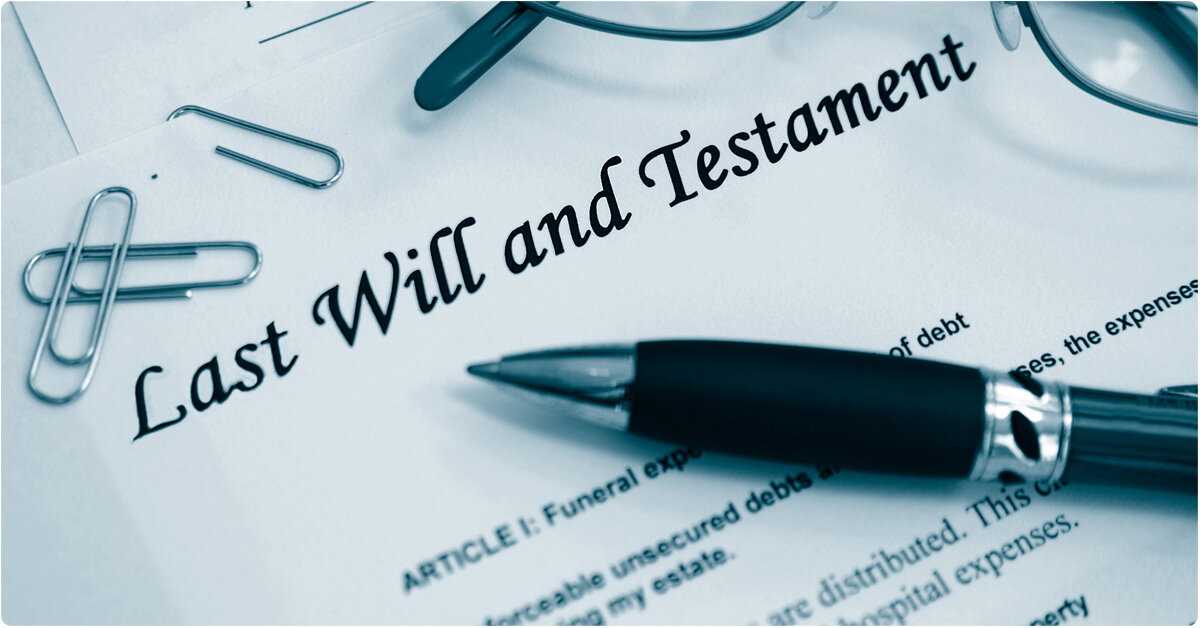 Contributed by: Nick Defenthaler, CFP®, RICP®
Contributed by: Nick Defenthaler, CFP®, RICP®
During times of uncertainty, it is common for adversaries to take advantage of global headlines in an attempt to get people to click malicious links, enter credentials on fraudulent websites, volunteer their personal information, download malicious software or fall for common interpersonal scams.
Emerging Trend: Economic Impact Payment Scams
Congress recently passed a COVID-19 relief and stimulus package (click here to learn more about the “CARES Act”). As with other aspects of the COVID-19 pandemic, fraudsters are exploiting the relief and stimulus efforts to victimize the public. The latest scams optimize on these stimulus relief initiatives like Economic Impact Payments to trick individuals into providing financial and other personal information.
If you receive calls, emails, or other communications claiming to be from the Treasury Department, the IRS or other government agency offering COVID-19 related grants or stimulus payments in exchange for personal financial information, an advance fee, or charge of any kind, including the purchase of gift cards; do not give out your personal information.
Economic Impact Payment Scam Red Flags
The use of words like "Stimulus Check" or "Stimulus Payment." The official term is Economic Impact Payment.
The caller or sender asking you to sign over your Economic Impact Payment check to them.
Asking by phone, email, text or social media for verification of personal and/or banking information, insisting that the information is needed to receive or speed up your Economic Impact Payment.
An offer to expedite a tax refund or Economic Impact Payment faster by working on the taxpayer's behalf. This scam could be conducted by social media or even in person.
Receiving a 'stimulus check' for an odd amount (especially one with cents), or a check that requires that you verify the check online or by calling a number.
Pandemic-Related Phishing Attempts
COVID-19-related email scams have become the largest collection of attacks united by a single theme. Adversaries continue to pose as the World Health Organization (WHO), the Centers for Disease Control and Prevention (CDC), and now government agencies like the IRS to obtain information. General COVID-19 red flags include:
Urging people to click on links regarding “safety tips” to prevent sickness and to “view new cases around your city.”
Posing as the CDC, WHO or other well-known health organizations.
Posing as a medical professionals requesting personal information.
Protecting Senior Citizens
·Under normal circumstances, seniors are more likely to fall victim to scams. Preying on fear and isolation, fraudsters have no reservations about trying to take advantage of this section of the population even in the most desperate times.
Additionally, as social distancing continues to be necessary, experts worry that social isolation will lead to depression, anxiety and ailing health for some seniors. These could lead to both cognitive decline and the desire to find social interaction online—easily leading senior and at-risk clients to fall victim to both COVID-19 scams and other common online, interpersonal or romance scams.
Security Recommendations
We recommend that you take the following actions if you receive a suspicious email or phone call:
If you believe an email could be suspicious, do not click any links, reply or provide any information.
Always confirm who you are receiving emails from. Thoroughly check the email sender and domain names to be sure that they are accurate before giving out any personal details or performing any requests.
Be aware of common red flags such as a sense of urgency, posing as a person of authority, or even uncommon language coming from a person you speak to every day.
Nick Defenthaler, CFP®, RICP®, is a Partner and CERTIFIED FINANCIAL PLANNER™ professional at Center for Financial Planning, Inc.® Nick specializes in tax-efficient retirement income and distribution planning for clients and serves as a trusted source for local and national media publications, including WXYZ, PBS, CNBC, MSN Money, Financial Planning Magazine and OnWallStreet.com.


















